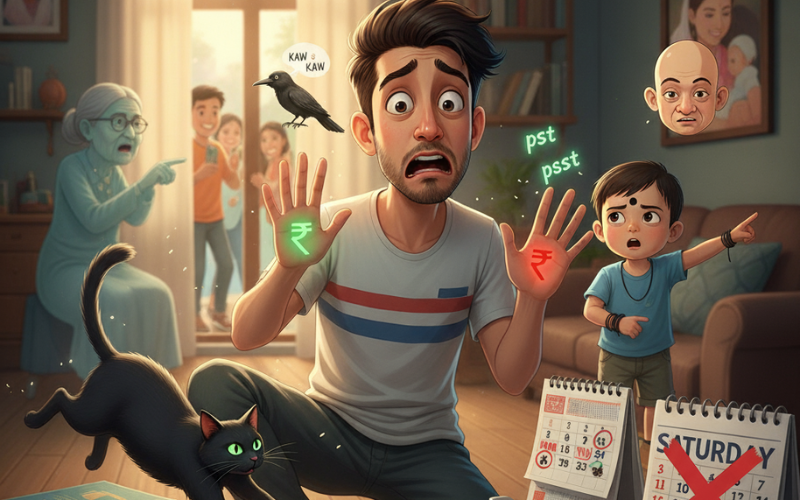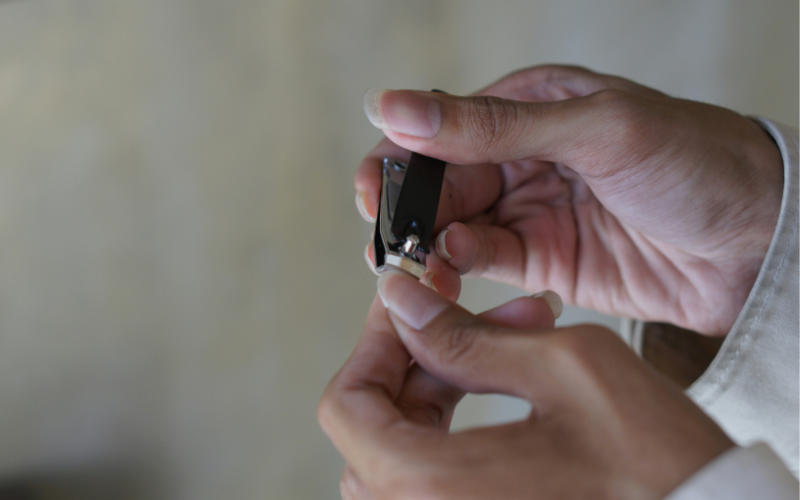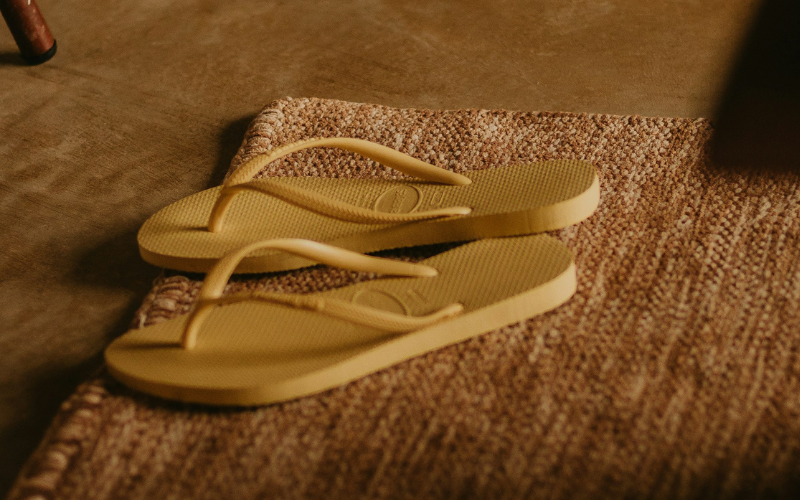Funny Superstitions Every Nepali Millennial Grew Up Believing

Growing up in Nepal as a millennial (and the older edge of Gen Z) meant living in a world where logic and lok-katha somehow coexisted. One minute kids were learning about gravity, the next they were warned not to cut their nails after sunset or risk “inviting bad luck.” And surprisingly… everyone listened.
From mysterious crows to the legendary Ram ki Bhoot, here’s a throwback to all those chaotic, funny superstitions that shaped Nepali childhoods: weird, wonderful, and too good to forget.
Swallow a Seed, Grow a Tree
Many Nepali kids grew up absolutely terrified after accidentally swallowing a watermelon or guava seed. The thought of a full-blown tree sprouting inside their stomachs led to days of quiet panic, a prime example of childhood paranoia at its finest.
Itchy Palm = Money Incoming
An itchy right palm meant money was on the way; an itchy left palm meant the opposite. Children would eagerly rub their right hands together, hoping the universe or perhaps Lakshmi Mata was listening.

Crow Caws = Guests Are Coming
A crow’s random “kaa kaa” was never just noise; it was seen as a prophecy. Parents would often say, “Kohi auna lako jasto cha!” And strangely, someone did often show up soon after. Some even believed that multiple caws signaled Narad Rishi, the Hindu messenger god delivering a message, prompting everyone to respond with “Shubh shubh bol.”
No Nail Cutting at Night
Every household repeated this rule: never cut nails or hair after dark. While the reasoning may have been to prevent a nighttime mess, it was passed down as a warning of bad luck. Regardless of logic, most didn’t dare to risk it.

Eye Twitch = Something’s Up
Right eye twitch = good news. Left eye twitch = uh-oh. Every family had their own version, but either way, everyone stayed on high alert for the next “big event.”
Upside-Down Slippers = Trouble Brewing
Spotting an overturned slipper could cause instant panic in a Nepali household. It was believed to invite conflict or bad vibes. The safest solution? Flip it over – and fast.
Sneeze Before Leaving = Wait a Minute!
If someone sneezed just as they were about to leave home, the plan had to pause. A sip of water or a few seconds’ wait was necessary to “reset” the energy. Otherwise, the day ahead was believed to be unlucky.
The 3-Second Rule a.k.a. “Ram ki Bhoot”
When food fell on the floor, the clock started ticking. There were exactly three seconds to pick it up then “Ram ki Bhoot” claimed it. Kids would quickly shout to nearby friends, “Ram or Bhoot?” and the verdict decided its fate. A “Ram” meant the snack was safe; a “Bhoot” meant it was lost forever. Germs, of course, were never part of the equation.

Black Cat Crossing = Bad Luck Alert
A black cat crossing the road was enough to halt any Nepali child (and quite a few adults). Some would wait for someone else to cross first, or even take a few steps back, just to dodge the supposed misfortune.
Hiccups = Someone’s Thinking of You
Among the sweeter beliefs was the idea that sudden hiccups meant someone was remembering or talking about you. Children would pause mid-hiccup, trying to guess who it might be; usually, in vain.
Then vs. Now
These quirky superstitions made zero sense, but they made growing up Nepali feel like living in a little universe of magic and mischief. They turned everyday moments into mini-dramas – from chasing fallen biscuits to flipping slippers for peace at home. They sparked laughter, mild panic, and endless storytelling; shaping a generation that grew up believing in both karma and crows.
Today, Gen Zs and Alphas seem far less concerned about such beliefs. The world has shifted. The three-second rule has evolved into TikTok’s Group 7, and hiccups have been replaced by online tarot readings on their For You pages.
Still, whether it’s a viral superstition or a whispered lok-katha, the essence remains the same. The names, forms, and platforms may have changed but the fun, the curiosity, and the superstition live on, one belief at a time.
Also Read
Ujan Shakya Expresses Gratitude as “Baby” Song Trends Nationwide
Understanding Working Memory: The Brain’s Mental Workspace
Two Epic Bands, One Unforgettable Experience: The Badal Sari Ticket Pack!
Miss Nepal Earth 2025 Sony Ghale Wins Gold in Talent Round at Miss Earth




























